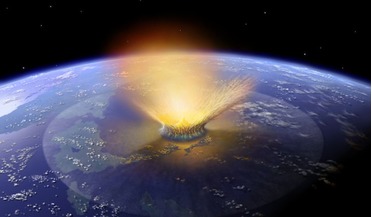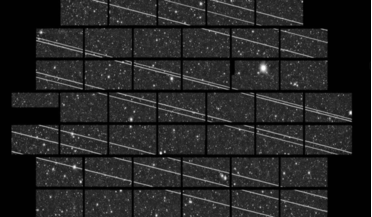 January 2020
Small body missions unveil interplanetary secrets
January 2020
Small body missions unveil interplanetary secrets
... or outward, even to the point of ejecting them from the solar system. We now know that the population of near-Earth objects (NEOs) are asteroids and comets that have migrated inward due to the gravitational influence of the planets...
 30 June 2017
A line up of global events for Asteroid Day 2017
30 June 2017
A line up of global events for Asteroid Day 2017
... ESOC in Darmstadt, Germany. ESA already has a hands-on approach for dealing with the threat of a collision by a near-Earth object (NEOs) and has started to build a co-ordination centre in Paris where data on NEOs is available to European researchers...
 26 August 2020
LEO constellations will "fundamentally change" astronomy, warns new report
26 August 2020
LEO constellations will "fundamentally change" astronomy, warns new report
... of their intended 42,000+ mega constellation into low Earth orbit back in May 2019, astronomers got worried really... observations, such as searches for near-Earth objects (NEOs), distant Solar System objects, rare transients, exoplanet transits ...
 24 January 2022
Solar sail mission will intercept and study small asteroid
24 January 2022
Solar sail mission will intercept and study small asteroid
...GE was first observed on 12 March 2020 by the University of Arizona’s Catalina Sky Survey as part of its search for near-Earth objects for NASA’s Planetary Defense Coordination Office. NEA Scout is a science and technology demonstration mission based...
 March 2015
Space weather: the public & policy
March 2015
Space weather: the public & policy
...those risks is highly desirable, and well within human capabilities. One of these risks is the impact of near-Earth objects, especially smaller objects such as the Chelyabinsk meteor of February 2013. This 12,000-ton meteor exploded in the atmosphere...
 April 2018
Developing Mars
April 2018
Developing Mars
...Energy System for Targeting of Asteroids and exploRation). DE-STAR aims to deflect near-Earth objects (NEOs) such as asteroids and comets that pose a credible risk of Earth impact. The DE-STAR engineering team has previously characterised the impulse...